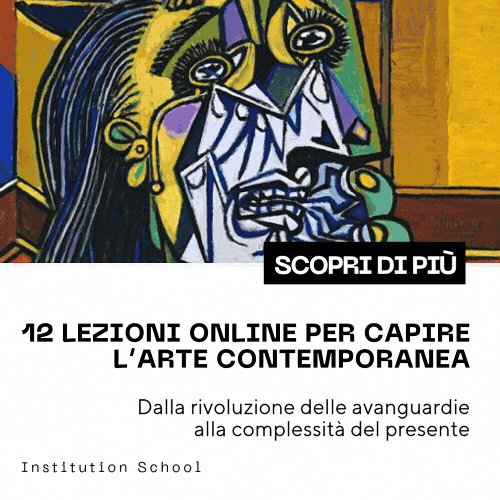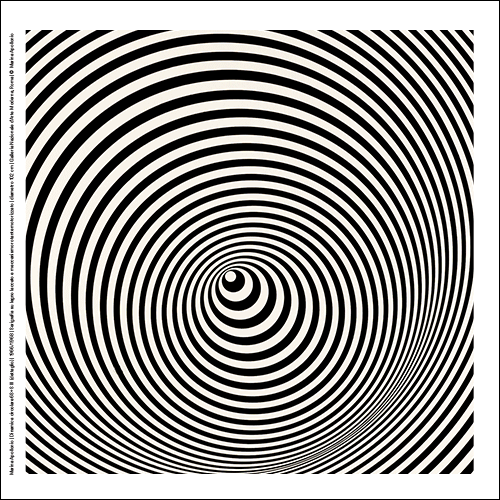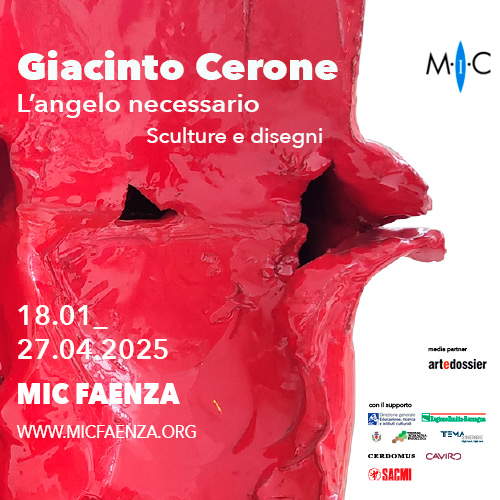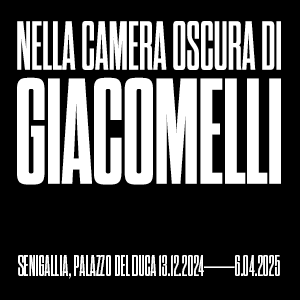France, an exhibition in Loches dedicated to Louis Delaporte, the man who discovered Angkor
In 2025, the town of Loches, located in the heart of the Loire Valley, celebrates the centenary of the death of one of its illustrious sons, Louis Delaporte (Loches, 1842 - Paris, 1925), explorer, archaeologist, and artist. Born in 1842, Delaporte is a key figure in the history of colonial exploration and, above all, in the rediscovery of the archaeological site of Angkor, one of the most extraordinary cultural treasures of Southeast Asia, a UNESCO World Heritage Site since 1992.
To mark this centennial, Loches is hosting an exhibition from May 22 to Sept. 21, 2025 to chronicle Delaporte’s life and discoveries, allowing visitors to immerse themselves in the story of a man who changed knowledge about Khmer civilization and its legendary Angkor site. The exhibition, scheduled at the Lansyer Museum and Logis Royal, thus reconstructs the past of an explorer who dedicated his life to discovering and spreading the beauty of Indochina’s art.
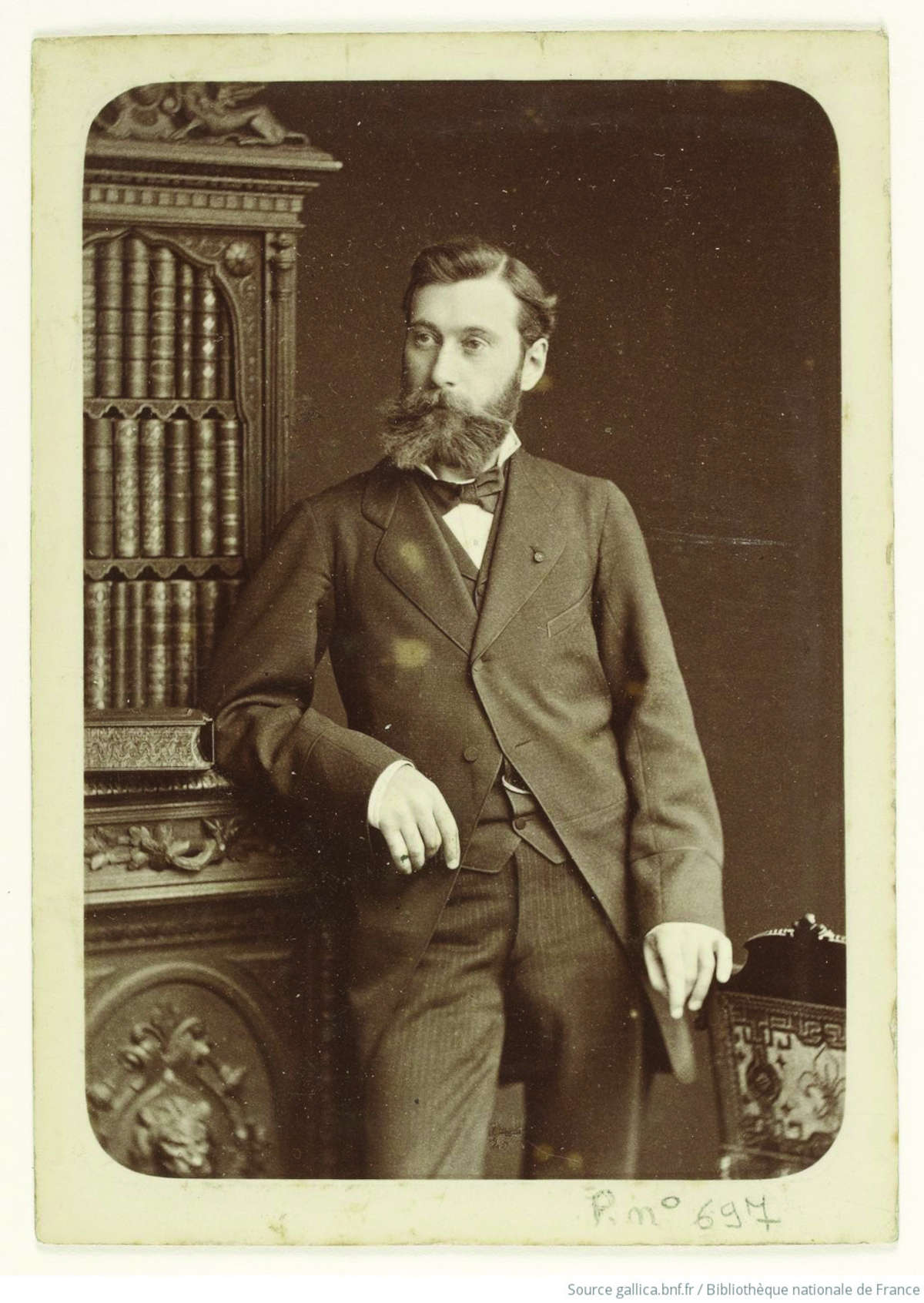
The mission to Angkor
Louis Delaporte was destined to become a sailor. From a young age, he had harbored a strong passion for the sea, and at only 12 years old he moved to Lorient to study for his admission to theÉcole Navale in Brest. His adventurous spirit soon led him to undertake numerous missions to the most distant places in the world. But it was in 1866, at the age of 24, that his life took a direction that no one could have predicted. At that time, Delaporte was chosen for a scientific mission to Cocincina (present-day Vietnam), where he would witness the history and culture of a distant and fascinating land.
During this mission, Delaporte was lucky enough to stumble upon the ruins of Angkor, the archaeological site that would capture his imagination and passion forever. Angkor, an immense temple-city covering an area of about 400 square kilometers, had been forgotten by most of the world for centuries, but its magnificent ruins were a life-changing discovery for Delaporte. He thus decided to devote himself completely to the study of Khmer art and culture.
In 1873, Delaporte returned to Angkor with an official mission: to collect Khmer artworks for the French Ministry of Public Education and Fine Arts, and to verify the navigability of the Red River. During this second expedition, his fieldwork was extraordinary. Delaporte, with his innate skill as a draughtsman, made numerous sketches of the structures, temples and sculptures he encountered, and also took plaster casts of the finest works he could find. His mission, however, was not without difficulties. The works he brought with him to France were initially rejected by the Louvre. This rejection did not discourage Delaporte, who tirelessly continued his struggle for the recognition of Angkor art and culture.
Delaporte did not give up and, indeed, intensified his efforts to bring Khmer art to the forefront in France. Thanks to his perseverance and commitment, he finally succeeded in obtaining permission to exhibit his casts and discoveries in the Palais du Trocadéro, a landmark venue in Paris for international exhibitions. Here, for the first time, the French public could admire the art of Angkor up close, thanks to the determination of a man who had made his passion a mission.
Delaporte continued to fight for the appreciation of Khmer heritage even during his tenure as curator of the Indochinese Museum at the Trocadero from 1889 to 1924. The museum, now integrated into the Musée Guimet, represented a key center for the study and dissemination of Asian art in France. Delaporte not only collected and preserved the works, but also worked for their restoration and dissemination, participating in major international events such as the Universal Exhibition in Paris in 1900 and the Colonial Exhibition in Marseille in 1906, where his collections were exhibited to an ever-widening public.
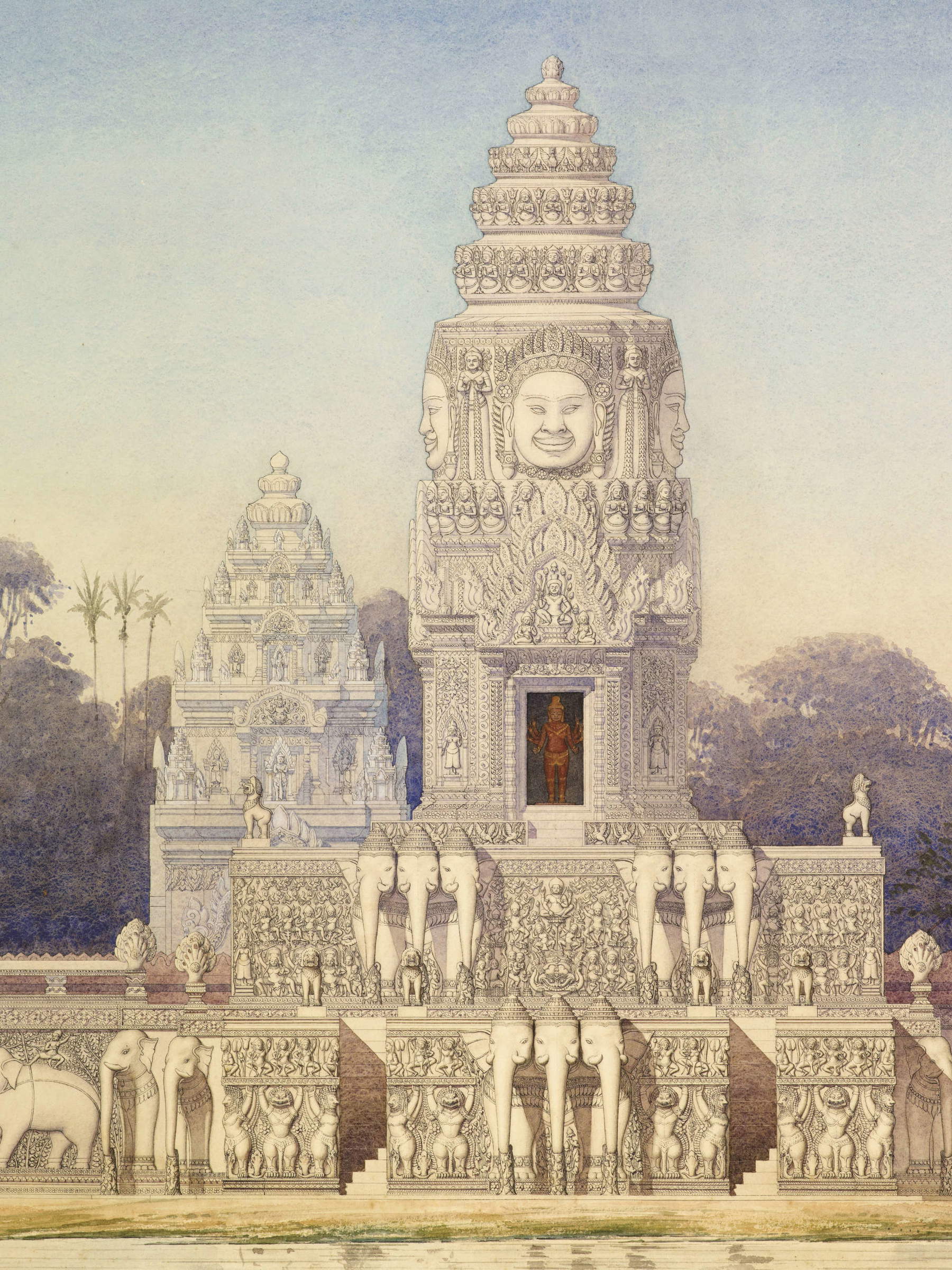
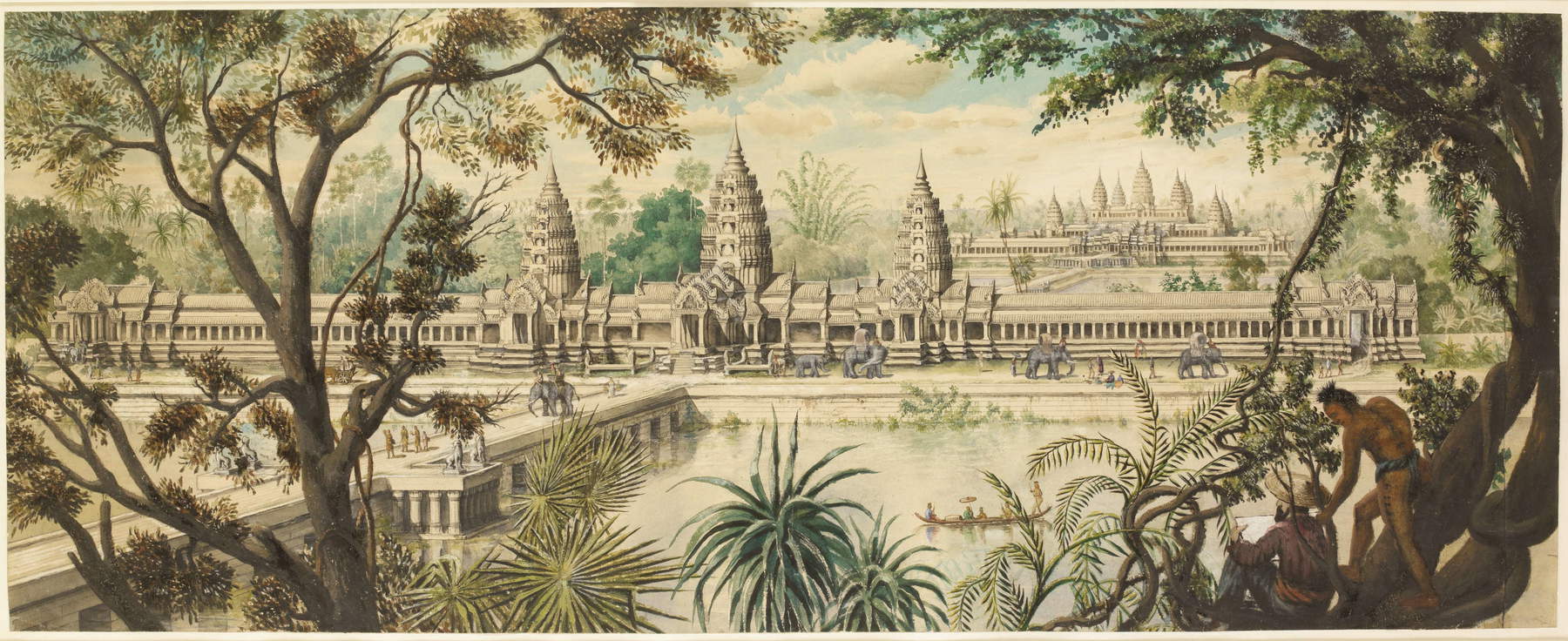
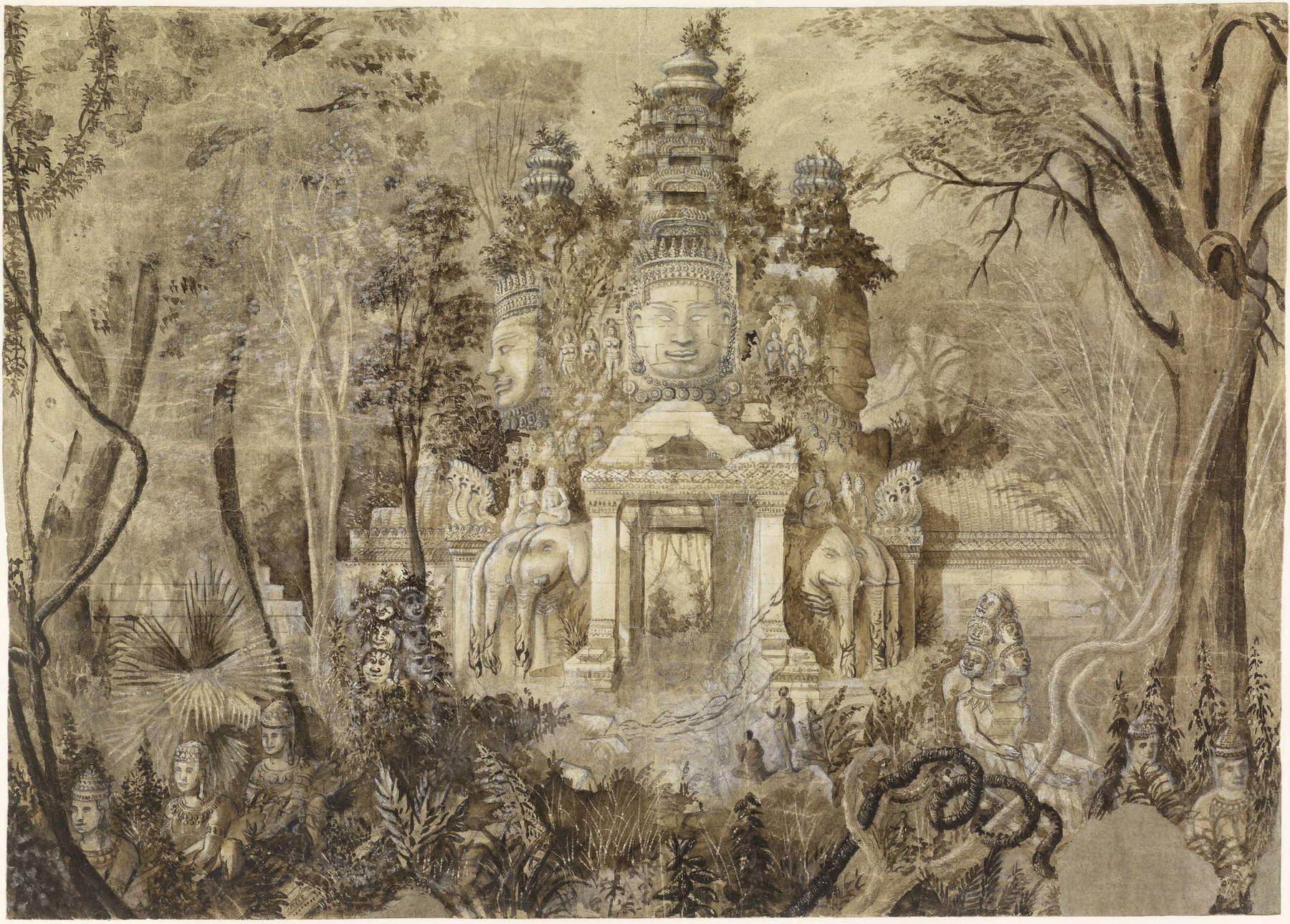
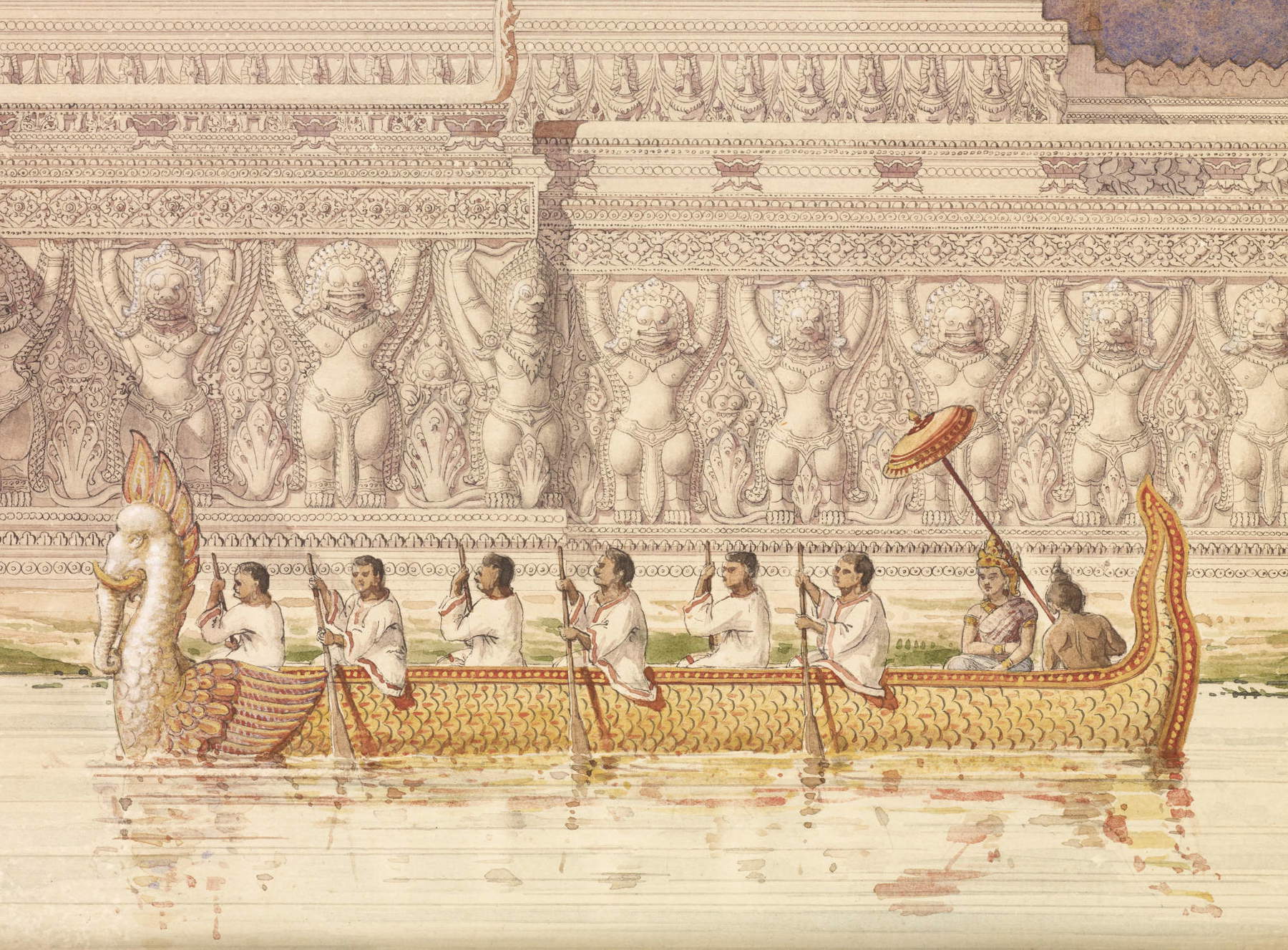
The centennial exhibition
The Angkor - Louis Delaporte exhibition scheduled in Loches aims to tell the story of this extraordinary adventure through a series of original pieces, casts and documents from the collections of the Musée Guimet, which today holds many of the works Delaporte brought to France. The exhibition is divided into three main sections, each delving into a different aspect of his life and work.
The first section of the exhibition takes visitors directly to Delaporte’s footsteps at the Angkor site. Through period photographs, drawings, and objects directly from the temples, one can discover the world Delaporte saw with his own eyes (one room directly evokes the discovery of Angkor). The second part of the exhibition focuses on his determination to make Khmer art known in France, highlighting the techniques he used to document and transport the works: visitors thus get to discover the passionate man who devoted his life to Khmer art, and his skill in interpreting the buildings discovered in the thick vegetation. The third and final part will expose the legacy Delaporte left to science, with a focus on the Indochina Museum and his contribution to the creation of universal exhibitions.
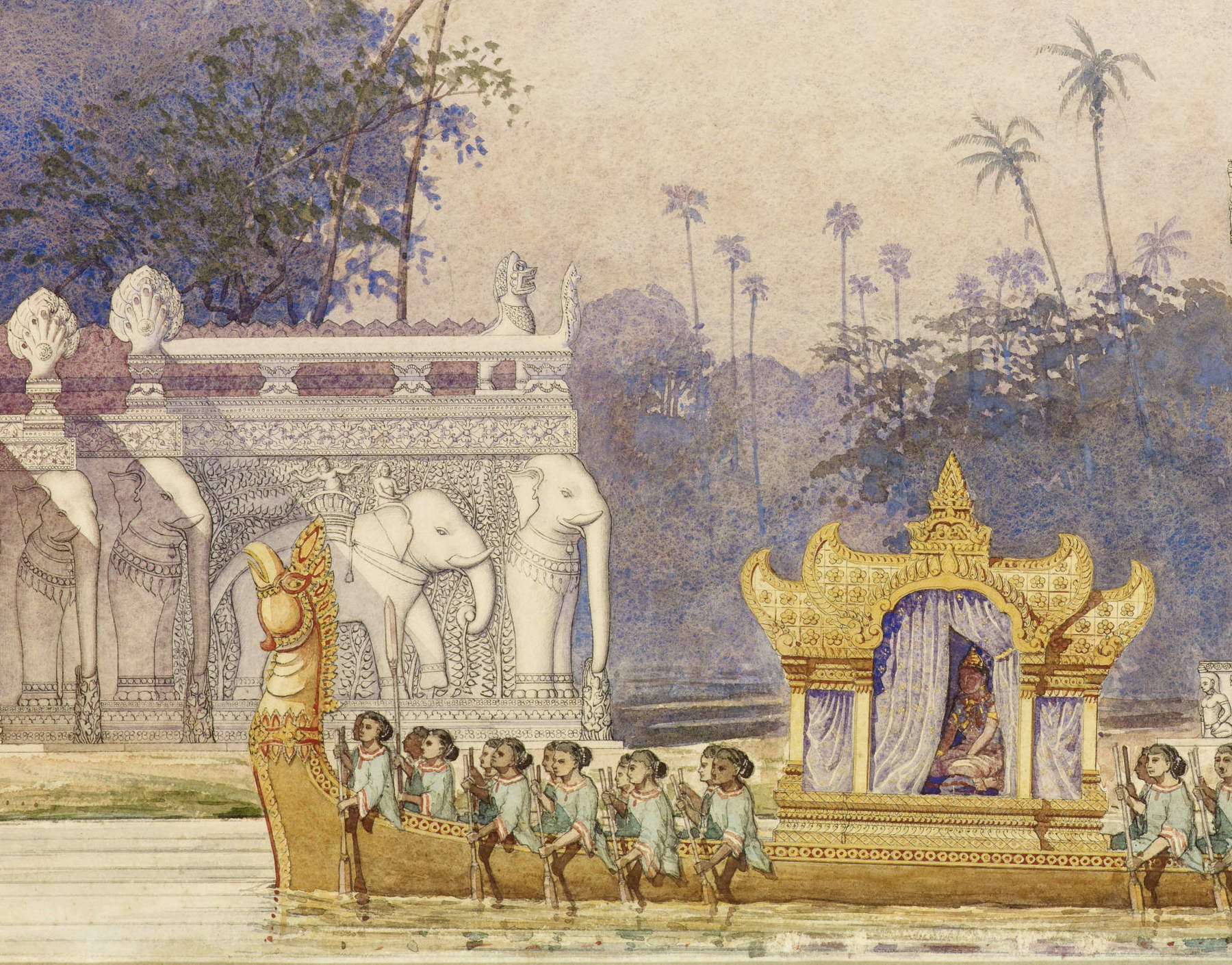
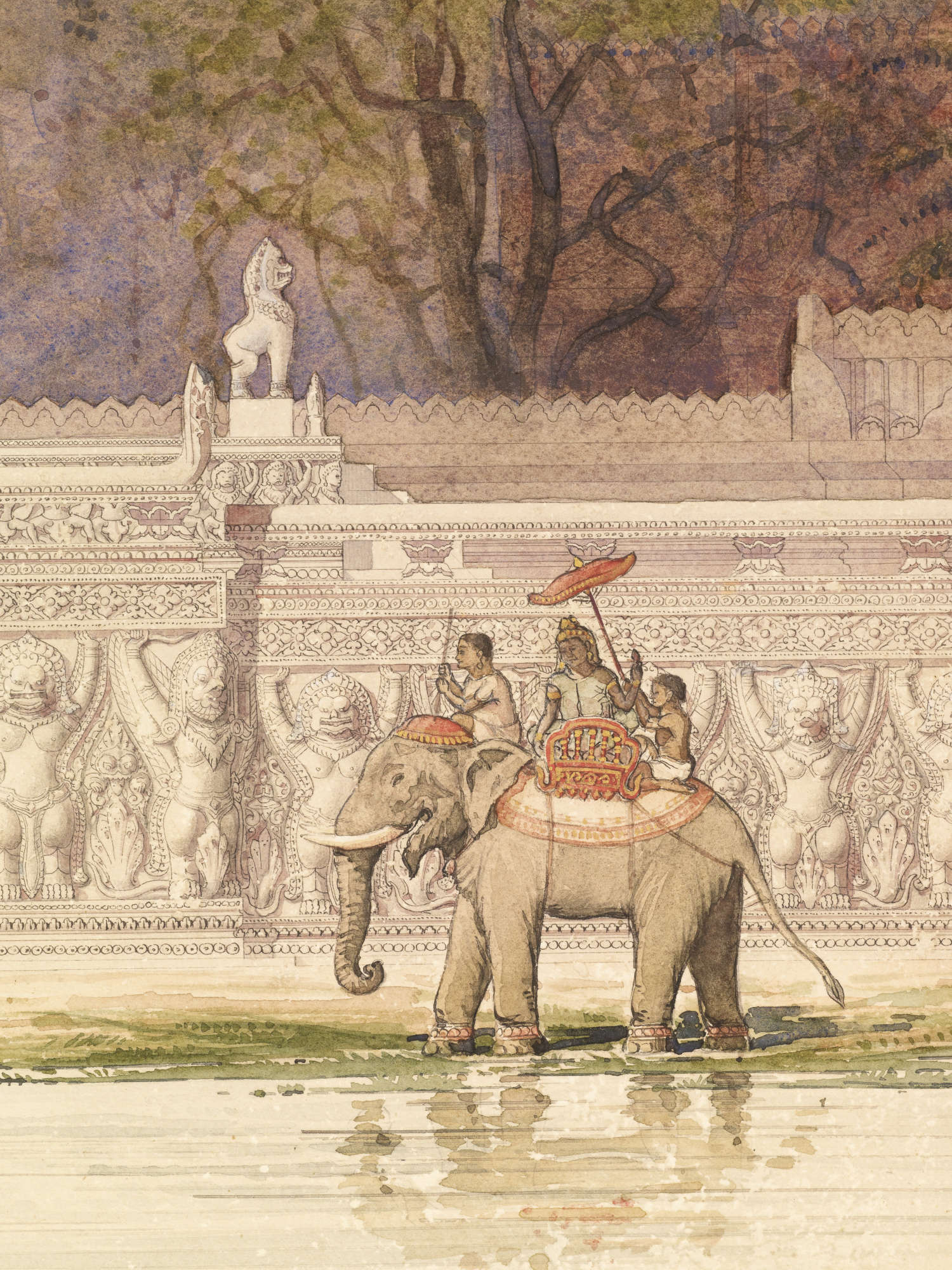
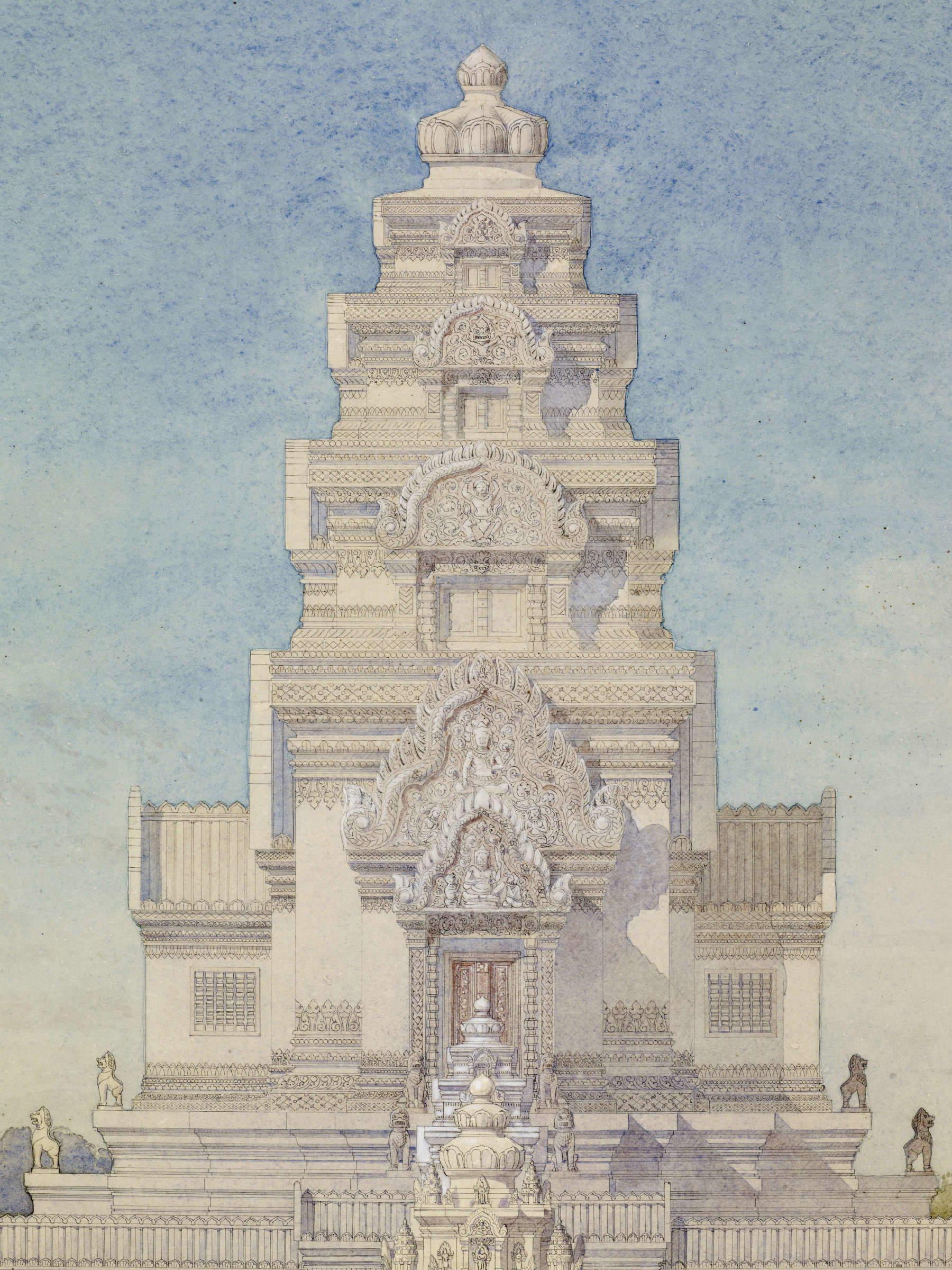
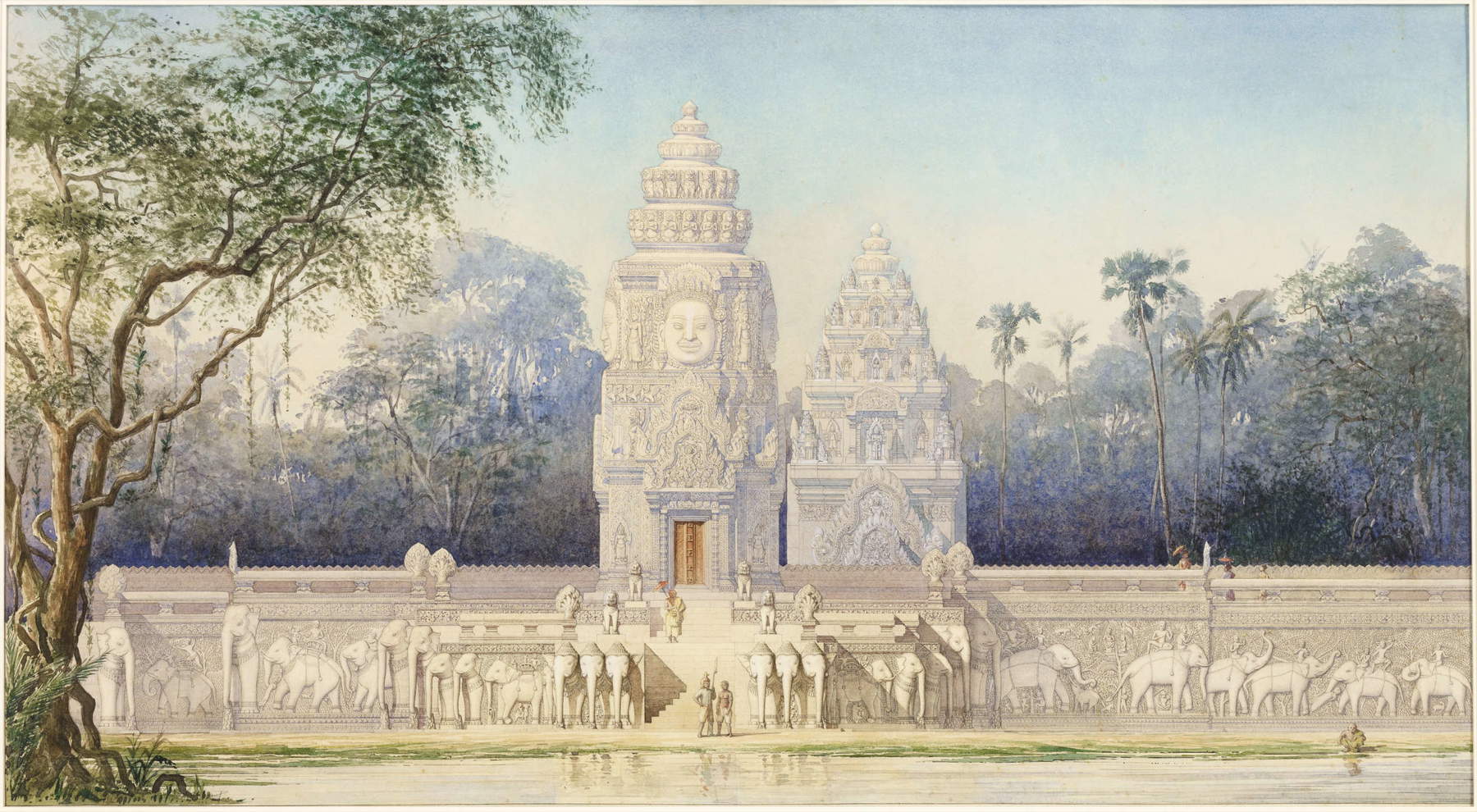
An exhibition suitable for everyone
This exhibition is not intended to be just a simple display of objects. Thanks to a special set design, the public, the exhibition promises, is put in a position to live an experience that leads them to “walk” through the ruins of Angkor, to touch the majesty of the sculptures and to understand the extraordinary work of documentation and preservation that Delaporte accomplished. There will be audio and video devices that will tell the story of the site, along with interactive panels and installations that will allow visitors to explore the techniques used by the explorer to collect, catalog and restore his discoveries.
In addition to the main exhibition, numerous side events are planned, including guided tours, lectures, and educational activities for adults and children. Visitors will be able to take part in guided tours to discover Louis Delaporte’s traces in the town of Loches, an opportunity to immerse themselves even more in his life and exploits. In addition, lecture series will be organized to explore specific topics, such as archaeological research in Angkor, the restoration of casts, and Delaporte’s life and letters.
 |
| France, an exhibition in Loches dedicated to Louis Delaporte, the man who discovered Angkor |
Warning: the translation into English of the original Italian article was created using automatic tools. We undertake to review all articles, but we do not guarantee the total absence of inaccuracies in the translation due to the program. You can find the original by clicking on the ITA button. If you find any mistake,please contact us.






